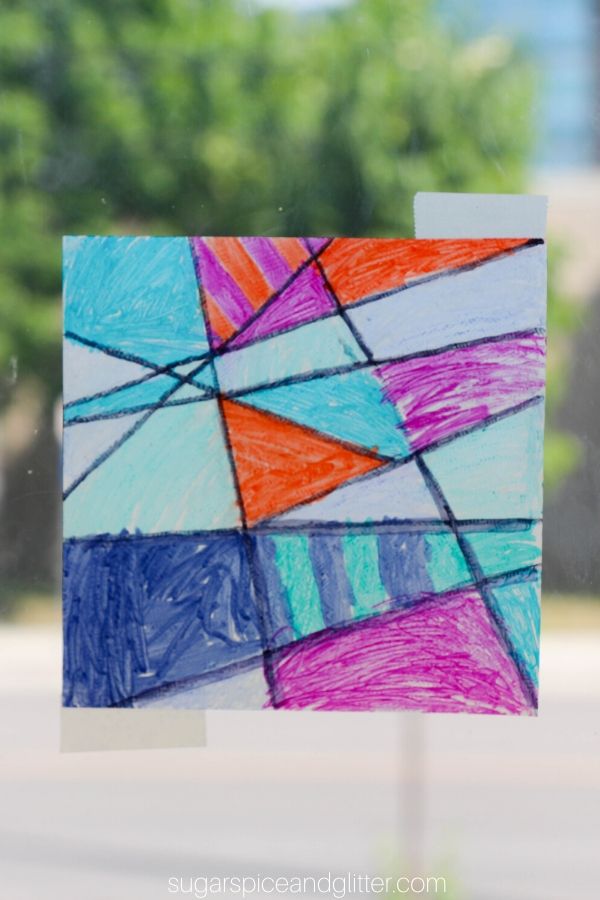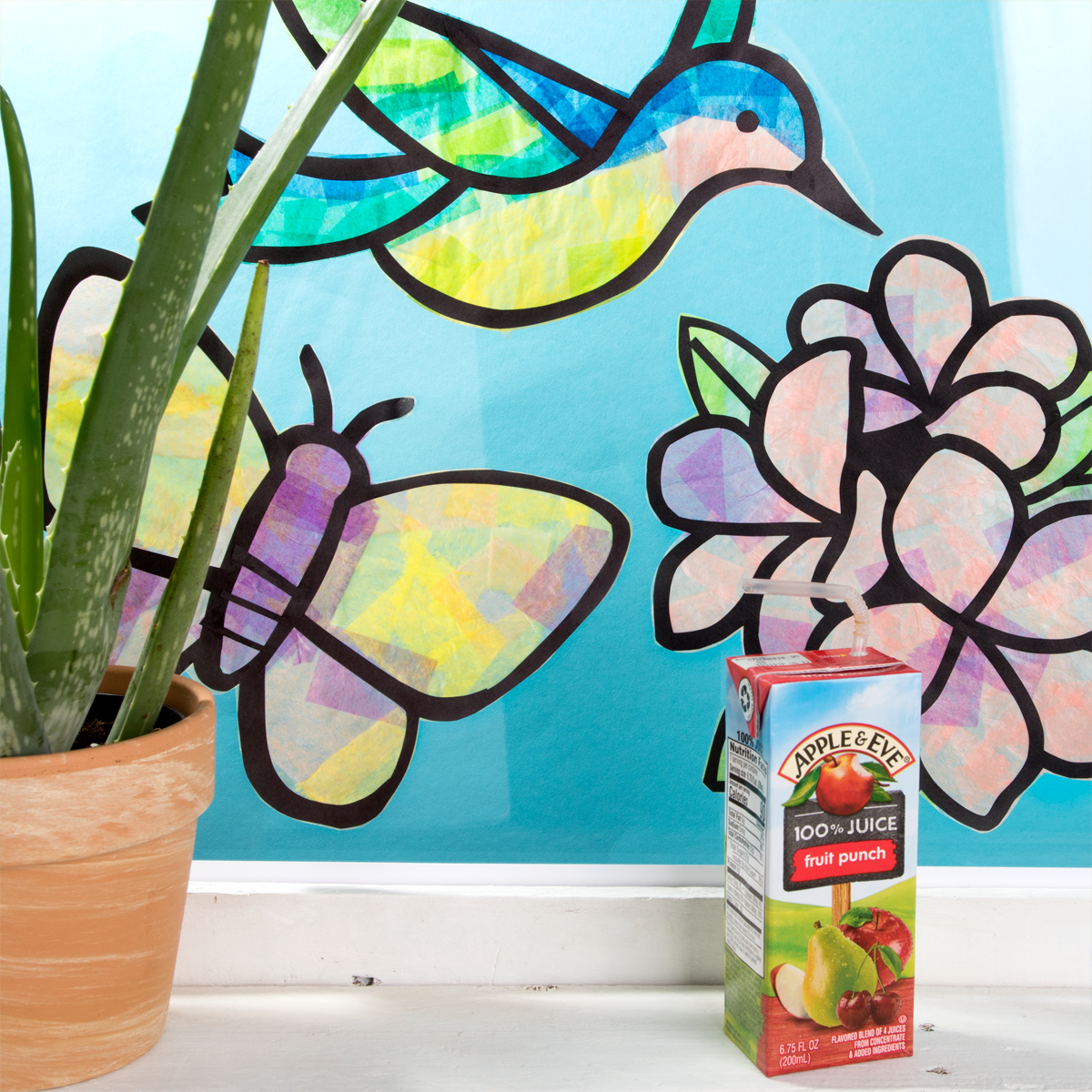
Special Collections Objects in the Conservation Department In part three, Conservation Technician Sarah Newton, our collections storage genius, will expand on the Department’s work with collection objects. In part two, Kathleen Smith, Curator of Germanic Collections & Medieval Studies, will weigh in with curatorial perspectives and describe some other unusual acquisitions that have needed attention from the Conservation Department. In part one, I will introduce the Conservation Department’s approach to working with objects and describe the history and material composition of this panel.
#STAINED GLASS DESIGN PAPER SERIES#
This three part series will present conservation and curatorial perspectives on various objects in the collections stemming from an inquiry into the stained glass panel mentioned above. Every object, whether or not it was intended by its producers to have a utilitarian function, can be looked at for whatever aesthetic value it may possess." One class relates to their production history, to the techniques of their manufacture the other focuses on their postproduction history, on the implications of their physical appearance once the objects were created. “All artifacts-not just books-can be studied as physical objects to discover two major classes of historical information that can influence the interpretation of any visual or verbal symbols present on the objects. In his introduction to Significance of Primary Records (Modern Language Association, 1995), textual critic and bibliographer G. One such object is a stained glass panel of uncertain provenance that was sent to Conservation for protective housing. Eustache, late 19th or early 20th century, M2336Īpart from traditional book and paper collections, unique objects in Stanford Libraries Special Collections embody material and cultural histories and can serve as rich primary sources. Paris: Widow of Thielman Kerver, 1533?] Right, Leaded stained glass plate of St. This is best for designs you will be transporting (home from school or classes).Left, Buckminster Fuller bronze life mask by Ruth Asawa, circa 1992, M1823 Center, : fragment]. Then, you can turn the design over and stick it right to the window! Luckily this clear laminate is easily removable so it will not leave a permanent stickiness on any surfaces.Īnother option, is to cut another matching side piece of laminate and apply it to the sticky side to seal it together. Once the stained glass art is complete, trim off excess laminate. If you are using multiple colors, (which you should!) you’ll need to trace each part on separate squares of colored tissue paper.Īfter you have traced your designs onto the tissue paper, cut them out and price the design together on the sticky side of the clear laminate.Ĭontinue to fill in the design until it is completed. Trace pieces of tissue paper from your template to match the sections of the stained glass design. The next step is to created your colored pieces with tissue paper. Tape the design to a window with the sticky side facing out. Once your design is traced, it is time to peel of the lining and reveal the sticky side. You are going to trace the lines of the template right onto the clear laminate with a black permanent marker. Use the grid lines on the paper lining to make it straight.



We put a small piece of rolled tape under our template, then some tape on top of the laminate to keep it in place. Unroll the clear laminate and place it on top of the template. We just did a quick image search online and found a whole bunch of printable ones! You can also draw your own designs if you’d like. To make this project, find a few stained glass templates you would like to use.
#STAINED GLASS DESIGN PAPER HOW TO#
How to Make the Stained Glass Art Project:

Supplies Needed to Make this Stained Glass Art Project: This is a simple art project that can be done at home or in schools! We used Duck® Brand Clear Laminate for this project. I am excited to share this beautiful activity with you today! This stained glass art project is fun to make with kids! It is a craft you can display after you make it because it is quite beautiful. This stained glass art project is a sponsored post written by me on behalf of Duck Brand Easy Liner.


 0 kommentar(er)
0 kommentar(er)
